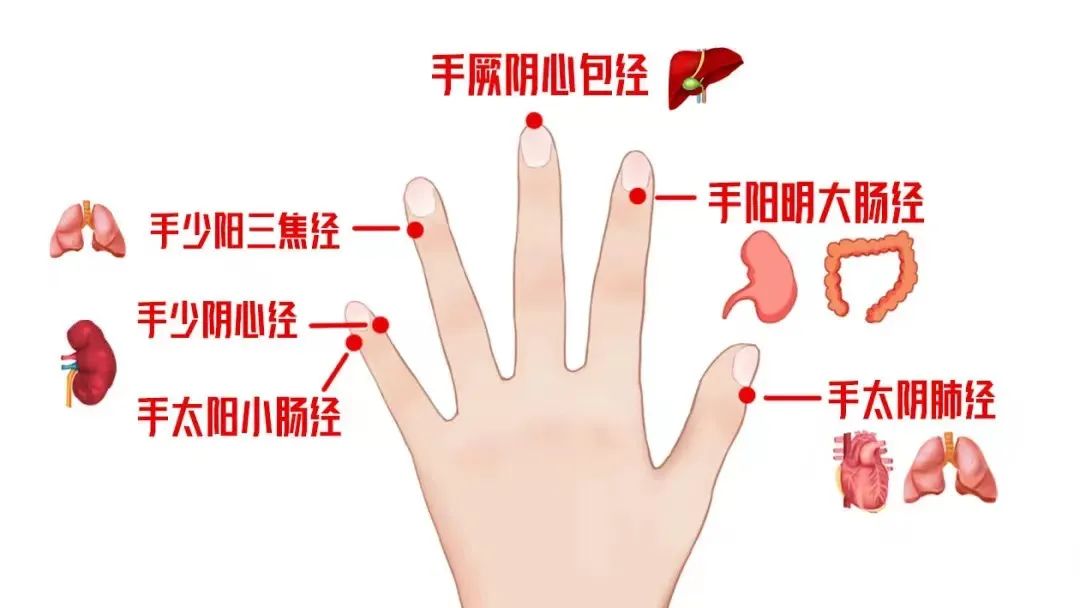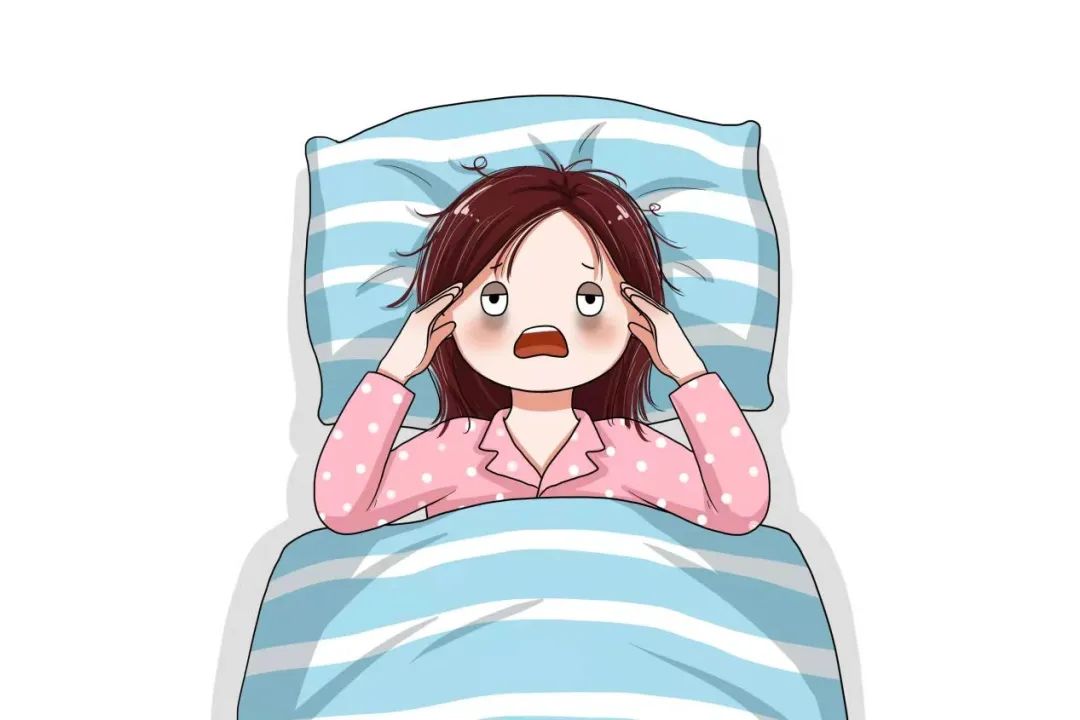
It is well known that observation (望诊) is an important method for health maintenance and disease diagnosis. Through observing local body information, one can understand the changes in internal organs. Traditional Chinese Medicine (TCM) is profound and diverse in its diagnostic methods. Following observation, we would like to introduce the method of olfactory diagnosis (闻诊) in TCM.
Main Points of This Chapter
1. How to understand olfactory diagnosis?
2. What can be detected through olfactory diagnosis?
3. What information can the body emit?
1
How to understand olfactory diagnosis?
The term “闻” originally means to hear, but it has been extended to convey, transmit, and also refers to the sense of smell. TCM olfactory diagnosis integrates both hearing and smelling, meaning the method of diagnosing diseases through listening to sounds and smelling odors.
2
What can be detected through olfactory diagnosis?
Listening to sounds: sounds of speech, breathing, sneezing, coughing, and belching.
Smelling odors: oral odors.

3
What information can the body emit?
Listening to speech — Hoarseness
Difficulties in vocalization from the throat, with a lowered pitch, leading to hoarseness. Hoarseness is commonly seen in two conditions: invasion of external pathogens into the lungs, causing lung qi stagnation; or kidney fluids failing to nourish the throat, resulting in a hoarse voice.
(Note: Hoarseness during pregnancy is a physiological phenomenon and usually resolves postpartum.)
Breathing sounds — Snoring
Commonly known as “snoring,” it is the sound produced during sleep.
1) According to the “Treatise on the Spleen and Stomach”: “Those who can eat and become fat… greasy and rich foods generate phlegm and dampness.” Excessive consumption of rich and greasy foods can lead to phlegm accumulation, obstructing the airways and affecting lung qi, resulting in loud snoring.
2) “The lung is the master of qi, and the kidney is the root of qi.” The lung is primarily responsible for respiration, while the kidney ensures the depth of breathing. If both lung and kidney are deficient, snoring and shallow breathing may occur during sleep.
Sneezing sounds
Sneezing is a common phenomenon, a sound produced by the upward rush of lung qi.
According to the “Spiritual Pivot”: “When yang qi is harmonious and full in the heart, it exits through the nose, hence the sneeze.” This indicates that sneezing is not only a response to nasal mucosal irritation but also a manifestation of the body’s yang qi defense and the transformation of yin and yang.
Coughing sounds
There are many TCM causes of coughing, generally divided into two categories: invasion of external pathogens and internal organ disharmony. For example, external wind-cold, external wind-heat, and phlegm-damp cough due to lung and spleen deficiency.
1) A heavy, muffled cough with nasal congestion is often due to external wind-cold.
2) A red and swollen throat with yellow purulent nasal discharge indicates external wind-heat.
3) A cough with phlegm that is easy to expel is a cold cough, caused by phlegm dampness obstructing the lungs, leading to loss of lung function.
Belching sounds
Belching, commonly known as “burping,” is a sound produced by gas from the stomach rising.
In healthy individuals, belching is common after meals and is often related to diet. Persistent belching in chronic illness is a critical sign of weakened stomach qi.
Smelling odors — Halitosis
In TCM, halitosis is closely related to the spleen, stomach, liver, and gallbladder, as well as external factors such as smoking and irregular eating habits.
1) Long-term irregular eating can lead to food stagnation and halitosis, often with a sour odor in the mouth.
2) Excessive liver and gallbladder fire can lead to heat toxicity in the stomach and intestines, resulting in halitosis, mouth sores, and swollen gums.
3) Other causes include bad habits such as drinking and smoking.
Health is a treasure in life, and everyone should master the basic knowledge and diagnostic methods of TCM to facilitate self-examination in daily life, allowing for timely detection of abnormal changes in the body, which is an important way to maintain health.
Follow the Medical Culture Communication Platform to learn more about TCM knowledge!
 Previous Highlights#TCM DiagnosisHealth Through Nails
Previous Highlights#TCM DiagnosisHealth Through Nails #Healthy LivingThe Health Code of Sleep
#Healthy LivingThe Health Code of Sleep

